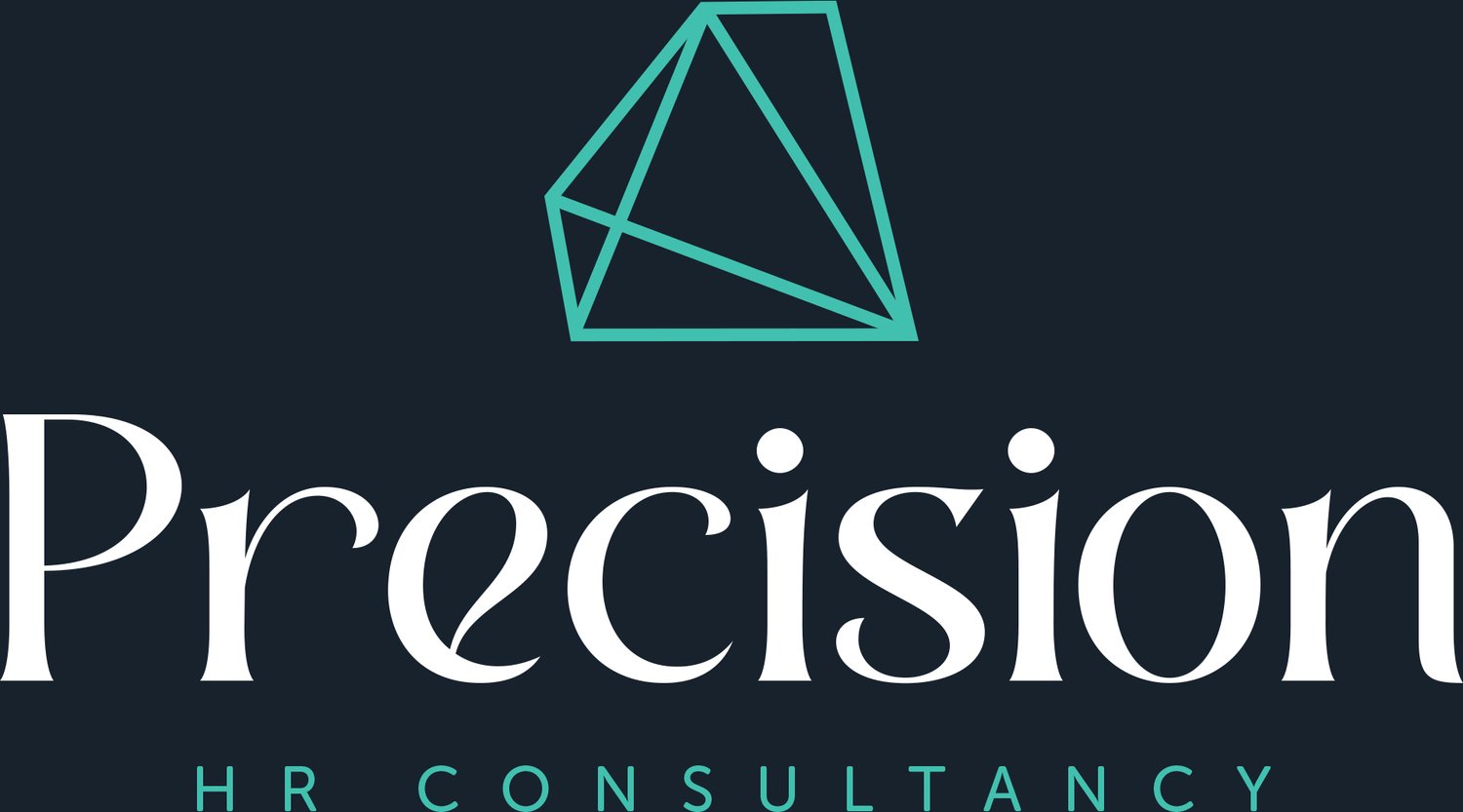What every small business owner needs to know about ADHD
More adults are getting ADHD diagnoses than ever before. That means someone in your business might have ADHD right now, whether you know it or not.
As a small business owner, understanding ADHD isn't just about being supportive. It's about unlocking potential you might not even realise exists in your team.
What ADHD actually looks like
ADHD stands for Attention Deficit Hyperactivity Disorder, but the name doesn't tell the whole story.
There are 3 main types:
Inattentive: Struggles with focus and organisation, easily distracted, forgets tasks or deadlines. Often described as "daydreaming" or "spacey".
Hyperactive-impulsive: High energy, difficulty sitting still, interrupts conversations, makes quick decisions without thinking through consequences.
Combined: Shows both inattentive and hyperactive-impulsive behaviours. This is the most common form.
ADHD shows up differently in everyone. Some people mask it well; others are more obvious about it.
Supporting employees with ADHD isn't about making allowances for difficulties. It's about creating an environment where different types of brains can thrive.
The challenges you might notice
Employees with ADHD might struggle with:
Missing deadlines or forgetting tasks
Getting overwhelmed by too much information at once
Difficulty prioritising when everything feels urgent
Trouble focusing during long meetings
Procrastination on boring or repetitive tasks
Interrupting others or talking over colleagues
These aren't character flaws or lack of effort. They're symptoms of a neurological condition that affects how the brain processes information.
The strengths you might be missing
Some of your most valuable employees might have ADHD.
When supported properly, they often become your most creative and dedicated team members, as ADHD comes with significant advantages:
Intense focus when working on interesting projects
High energy and enthusiasm for new challenges
Creative problem-solving and innovative thinking
Strong emotional intelligence and empathy
Ability to see connections others miss
Thriving in fast-paced, varied environments
In fact, many successful entrepreneurs and innovators have ADHD.
How to support your ADHD employees
The key is understanding that support needs are individual. Don't assume what worked for one person will work for another.
Start by having an open conversation. Ask directly:
What helps you to do your best work?
Are there environmental factors that make focus harder?
How do you prefer to receive feedback or instructions?
What type of tasks energise you versus drain you?
Simple adjustments can make a huge difference:
Break large projects into smaller, clear steps
Use written instructions alongside verbal ones
Offer flexible working arrangements, where possible
Provide regular check-ins, rather than leaving them to work in isolation
Create quiet spaces for focused work
Where to start
If someone in your team has shared an ADHD diagnosis with you, check in with them. Ask how you can better support their work style.
Take a look at how your workplace is set up. Are there simple changes that could help your whole team to focus better?
If you'd like help with putting practical support in place or want to discuss how to create a more ADHD-friendly workplace, get in touch. Sometimes small adjustments can unlock significant potential in your team.

